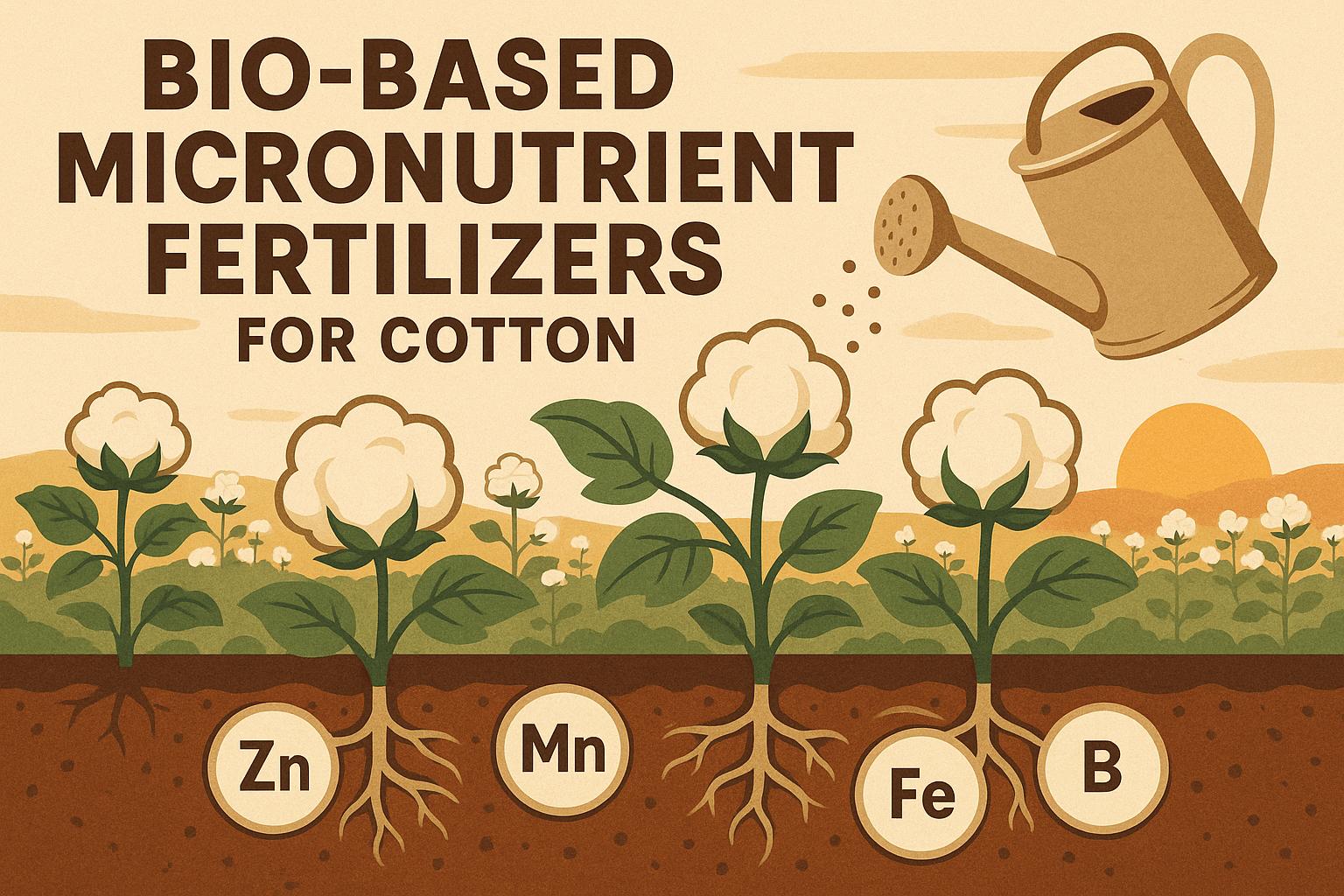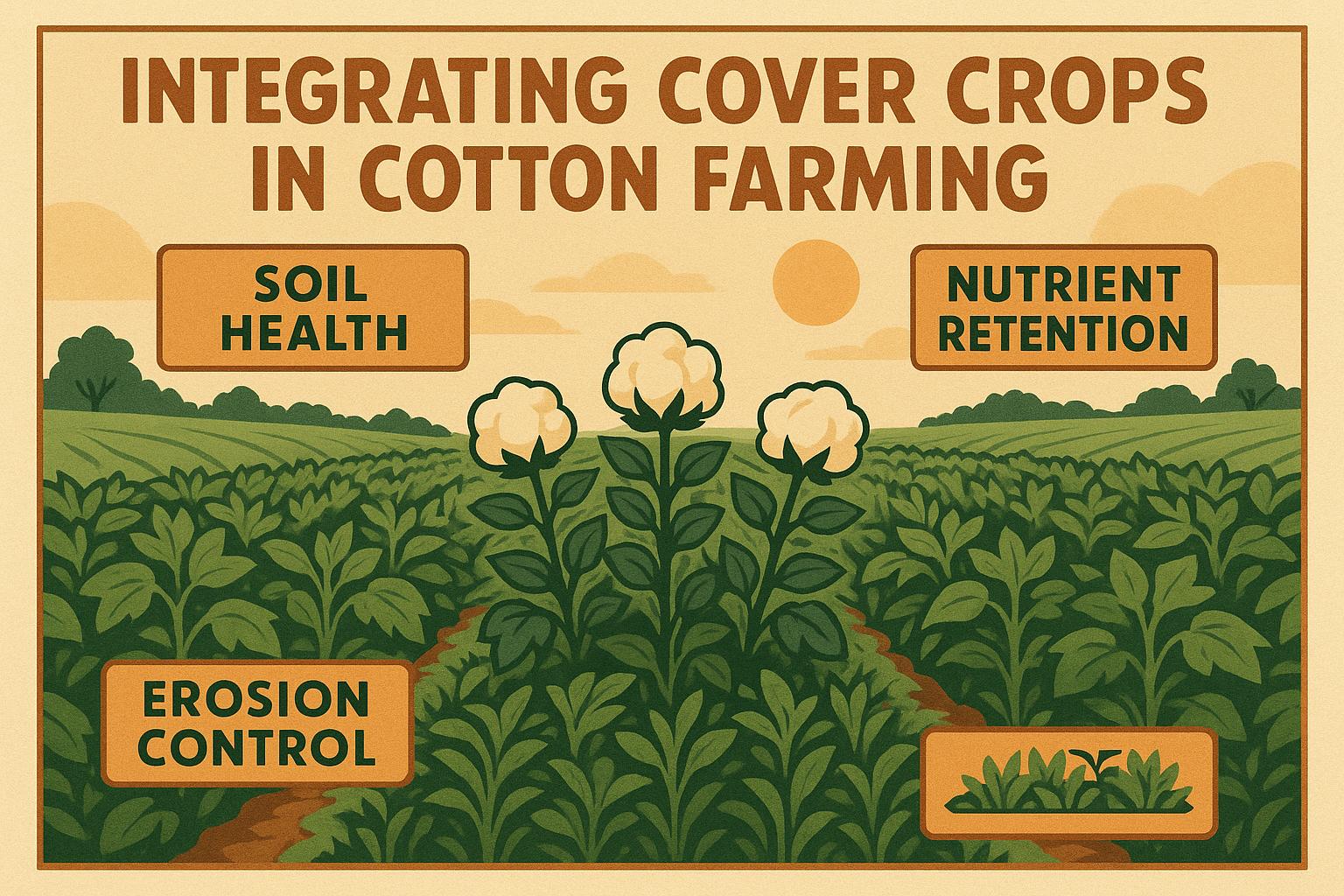New Mexico’s cotton story spans over 2,500 years, evolving from early Indigenous farming to modern agricultural advancements. Here’s a quick summary of its journey:
- Ancient Beginnings (1,250–800 B.C.): Native peoples in the Southwest cultivated cotton for textiles, with archaeological evidence showing its use by Pueblo communities by A.D. 400.
- Spanish Influence (1500s): Spanish settlers introduced new weaving tools and shifted focus to wool production, bringing merino sheep and expanding textile practices.
- Modern Growth (1900s): Irrigation projects like the Rio Grande Project (1915) and advanced cotton ginning technology boosted production and efficiency.
- Economic Impact (2012–2014): Cotton contributed $10.6 billion to New Mexico’s economy, creating over 50,000 jobs and supporting thousands of farms.
From ancient Pueblo fields to cutting-edge farming methods, cotton remains a key part of New Mexico’s agricultural legacy. For industry updates, producers can explore resources like cottongins.org.
“Cotton Farming in New Mexico before Columbus” - Glenna ...
Early Cotton Farming by Native Peoples
Evidence from archaeological sites in Arizona highlights the early use of cotton for textiles, influencing communities in what is now New Mexico. Cotton was present in the Southwest as early as 1,250–800 B.C., as shown by pollen found at sites in southern Arizona. By A.D. 400, preserved plant remains at Eagle Ridge provided further proof of its use. By A.D. 700, the native cotton species Gossypium hopi had spread north of the Mogollon Rim.
Prehistoric cotton textiles from the northern Southwest have primarily been discovered in the Chinle and Tsegi drainages of northeastern Arizona. Notable finds, including those at Antelope House in Canyon de Chelly, date back to the Pueblo I period (A.D. 750–950).
Pueblo Cotton Production
In 2023, Susie Smith, a palynologist from the Crow Canyon Archaeological Center, identified two cotton pollen grains at the Haynie site. One was found in Structure 1073, dating to the Pueblo I period (A.D. 750–950), and the other in Structure 1042, from the early Pueblo II period (A.D. 950–1150). This indicates that by the 9th century A.D., Pueblo residents had access to cotton products, likely through trade with communities in what is now Arizona or Utah.
"Residents of the Haynie site no doubt treasured their cotton imports, including clothing, blankets, straps, yarn, and much more."
- Susan C. Ryan, Executive Vice President, Crow Canyon Research Institute
These early textile practices set the stage for a lasting cotton tradition in the region, which later evolved under Spanish colonial influence.
Spanish Colonial Period Changes
Spanish Weaving Methods
Pueblo cotton traditions persisted, but Spanish settlement shifted fiber production by introducing new weaving tools and crops. Spanish policies restricted New Spain from competing with Spain's trade, pushing colonists and Native communities toward local agriculture and textile production. Limited European imports made their way to central New Mexico, prompting the adoption of Spanish weaving techniques. Colonists and Native communities also integrated crops like tomatoes, chile, wheat, fruit trees, and watermelons, along with livestock such as sheep, goats, and pigs, into their daily lives. These additions expanded home-based textile and food production.
Shift from Cotton to Wool Production
In the early 1540s, wool production gained importance in New Spain. Spanish authorities brought merino sheep from Castile and emphasized wool as vital to the region's economic growth. Merino sheep adapted well to New Mexico's environment, leading to a stronger focus on wool production in the area.
sbb-itb-0e617ca
1900s Growth and Development
In the 1900s, cotton production in New Mexico saw a resurgence, thanks to irrigation systems and advancements in technology. These developments modernized water management and cotton processing, significantly boosting agricultural productivity.
Irrigation Infrastructure
The Rio Grande Project played a key role in expanding agriculture in southern New Mexico. Completed in 1915 with the construction of Elephant Butte Dam, it provided water through an extensive network: 139 miles of main canals, 457 miles of laterals, and 465 miles of drains, covering 178,000 acres. An earlier project, the Leasburg diversion dam (built in 1908), supplied water to 17,000 acres and supported nearly 4,500 farms by 1931. Seasonal variations in the Mesilla Valley's streamflow made reservoir regulation essential for consistent irrigation, laying the groundwork for mechanized cotton processing.
Advances in Cotton Ginning
With irrigation systems ensuring a steady water supply, cotton processing technology also improved. Roller gins, tested in field trials, proved superior to saw gins. They delivered better results, including higher HVI color grades, longer staples, improved fiber uniformity, and increased fiber value. By 2005, high-speed roller gins could process cotton three times faster than traditional setups. When combined with upgraded seed-cotton and lint-cleaning equipment, the average lint value rose from $0.755 to $0.781 per pound.
Cotton Varieties in New Mexico
To maximize the benefits of mechanization, New Mexico State University developed cotton varieties tailored to the region's dry climate. Popular Acala varieties included 1517E-2 (introduced in 1980), 1517‑91, 1517‑95, and 1517‑99. Between 2001 and 2003, NMSU tested several germplasm lines alongside Acala 1517‑99. One standout line, NM 990815, delivered a 10.1% higher lint yield and fibers that were 4.0% stronger compared to the standard Acala 1517‑99.
Industry Effects on New Mexico
Advances in cotton processing technology not only boosted production but also played a major role in shaping New Mexico's economy, making cotton a key part of the state's agricultural growth.
Jobs and Business Growth
Between 2012 and 2014, cotton production significantly impacted New Mexico's agricultural sector. This industry contributed $10.6 billion to the state’s economy, accounting for 12.3% of New Mexico's Gross State Product (GSP), and supported 50,886 jobs. Within agriculture, cotton cultivation alone created 26,924 direct jobs and 41,961 total jobs, generating $6.0 billion in output. Additionally, food processing activities, such as cotton ginning, added 5,654 direct jobs and 8,925 total positions, contributing $4.6 billion in output. These combined activities brought in $23 million in personal income taxes, $40 million in corporate income taxes, and $460 million in indirect business taxes.
While creating jobs, the cotton industry also emphasized the importance of using resources efficiently to sustain growth.
Resource Management and Support
Water scarcity and market fluctuations posed challenges for the cotton industry, prompting federal programs to step in with much-needed assistance. Building on the 1915 construction of the Elephant Butte Dam, New Deal programs like the WPA and CCC developed rural infrastructure and implemented water conservation projects between 1933 and 1944. Cotton’s significance in New Mexico’s agriculture also highlighted the potential for expanding local processing and adding more value to the crop.
The development of New Mexico’s cotton industry underscores the combined impact of technological progress, government initiatives, and resource management on shaping its role in the state’s agricultural history.
Current Cotton Industry Status
While there have been advancements in irrigation and ginning over the years, New Mexico still lacks detailed data on the use of modern equipment in its cotton industry. With limited state-specific reports on precision farming and ginning technology, producers can explore cottongins.org for industry updates and networking opportunities.
cottongins.org Services
cottongins.org serves as a resource for U.S. cotton producers, offering a directory of cotton gins and sponsorship options to help businesses boost their visibility. Although no facilities in New Mexico are currently listed, the platform provides three sponsorship levels:
- Sponsored Post: $200 per post for a one-day featured placement with social media promotion.
- Official Sponsor: $200 per month includes a logo in the site footer and one free post annually.
- Featured Sponsor: $400 per month offers premium placement and two free posts annually.
In addition to sponsorships, the site features a national gin directory, submission forms, blog updates, and opportunities for sponsored content. These tools allow producers in New Mexico to connect with others in the industry, share market insights, and strengthen their presence. By filling local information gaps and encouraging collaboration, this digital platform helps foster new partnerships and supports ongoing growth in the state's cotton sector.
Conclusion
New Mexico's cotton journey, beginning with Pueblo fields around 300 BC and evolving through Spanish innovations and 20th-century irrigation and ginning advancements, highlights its importance to the state's agriculture and economy. The website cottongins.org offers a national gin directory, regular updates, and sponsorship opportunities, helping connect producers and encouraging collaboration for future growth.


